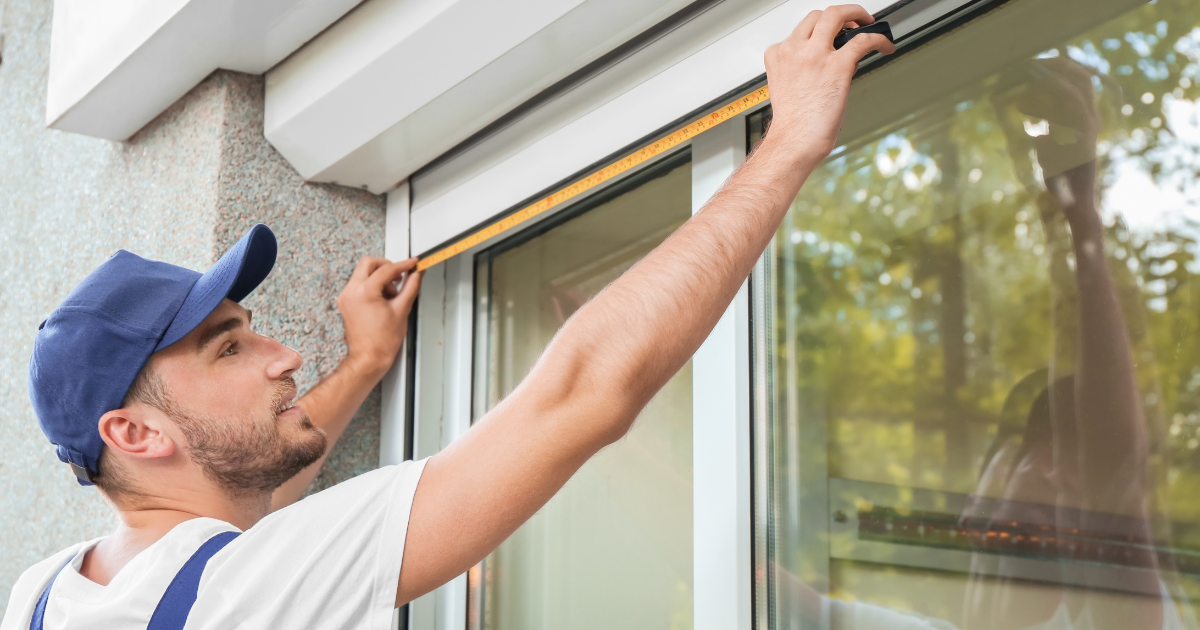The need for energy efficiency in homes is becoming increasingly critical as energy costs rise and environmental concerns mount. One of the most effective ways to enhance a home’s energy efficiency is by installing replacement windows. These windows improve aesthetic appeal and significantly save heating and cooling costs. By investing in energy-efficient windows by Maverick Windows, homeowners can enjoy reduced utility bills while contributing positively to the environment. We will explore how replacement windows achieve these savings, their various types and features, and the importance of proper installation.
Understanding Energy Efficiency in Windows
Energy efficiency in windows is primarily determined by their ability to insulate and minimize heat transfer between the interior of a home and the outdoors. This capability is quantified using U-factor and Solar Heat Gain Coefficient (SHGC) metrics. The U-factor measures the heat transfer rate; lower values indicate better insulation. The SHGC reflects how much solar radiation passes through the window; lower values mean less heat gain during summer. Replacement windows often feature advanced materials and technologies, such as double or triple glazing, low-emissivity (low-E) coatings, and argon or krypton gas fills. These components work together to create a barrier that reduces energy loss. By upgrading to energy-efficient windows, homeowners can effectively manage indoor temperatures, reducing reliance on heating and cooling systems, which translates to substantial cost savings over time.
Types of Energy-Efficient Windows
When selecting replacement windows, homeowners can choose from various types, each with unique characteristics that enhance energy efficiency. Vinyl windows are popular due to their excellent insulation properties and minimal maintenance requirements. Wood windows provide a natural aesthetic and offer good insulation but require more upkeep. Fiberglass windows are known for their durability and thermal efficiency, making them suitable for various climates. Additionally, there are options for window glazing, including double and triple panes. Double-pane windows consist of two layers of glass with a space in between, effectively reducing heat transfer. Triple-pane windows add a third layer for even better insulation. Low-E glass is another option that reflects heat while allowing natural light, optimizing indoor comfort without increasing energy costs. Homeowners should consider their specific climate, aesthetic preferences, and budget when selecting the energy-efficient window that best meets their needs.
The Financial Impact of Energy-Efficient Windows
Investing in replacement windows can significantly save energy bills over time. According to estimates from various energy efficiency programs, homeowners can save 10% to 25% on heating and cooling costs by upgrading to energy-efficient windows. These savings can add up quickly, especially in regions with extreme temperatures. Furthermore, energy-efficient windows can increase a home’s resale value. Potential buyers are often willing to pay more for homes with modern, energy-efficient features as they recognize the long-term financial benefits. Some regions even offer tax incentives or rebates for homeowners who invest in energy-efficient home improvements, making the initial investment more affordable. Homeowners must consider the immediate savings on energy bills and the potential increase in property value when evaluating the financial impact of replacing their windows.
The Importance of Proper Installation
While selecting high-quality, energy-efficient windows is crucial, proper installation is equally important to ensure maximum performance. Poorly installed windows can lead to air leaks, compromising their insulating properties and negating energy savings. Homeowners should hire qualified professionals who understand the intricacies of window installation, including sealing, flashing, and insulation. Proper installation involves careful measurements and adherence to manufacturer guidelines to ensure that windows fit correctly in their frames. Additionally, regular maintenance checks can help identify any issues that arise over time, such as deteriorating seals or gaps that may develop due to shifting or settling. By prioritizing quality installation, homeowners can guarantee that their investment in energy-efficient windows pays off through optimal energy savings and enhanced indoor comfort.
Environmental Benefits of Energy-Efficient Windows
In addition to the financial benefits, energy-efficient windows contribute positively to the environment. By reducing energy consumption, these windows lower greenhouse gas emissions associated with electricity generation, particularly if the power comes from fossil fuels. Furthermore, as homeowners reduce their reliance on heating and cooling systems, they can help alleviate the demand for local power grids, which often struggle during peak usage times. This reduced demand can lead to fewer resources needed for energy production, conserving natural resources and promoting a more sustainable future. Homeowners can feel good about their decision to install energy-efficient windows, knowing that they are making a difference not only in their own homes but also in the broader context of environmental stewardship.
Upgrading to energy-efficient replacement windows is a wise investment that offers numerous benefits, including reduced energy bills, increased home value, and positive environmental impact. Homeowners can make informed decisions by understanding the different types of windows available, their financial implications, the importance of professional installation, and additional features that enhance performance. The long-term savings achieved through lower utility costs will often outweigh the initial investment, and the added comfort of a well-insulated home can significantly improve the quality of life. As energy efficiency continues to be a crucial focus for homeowners and builders alike, investing in replacement windows is a proactive step toward creating a more sustainable and economically sound living environment.

